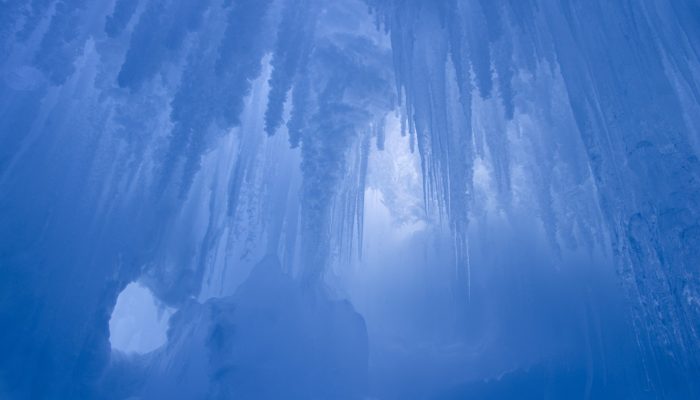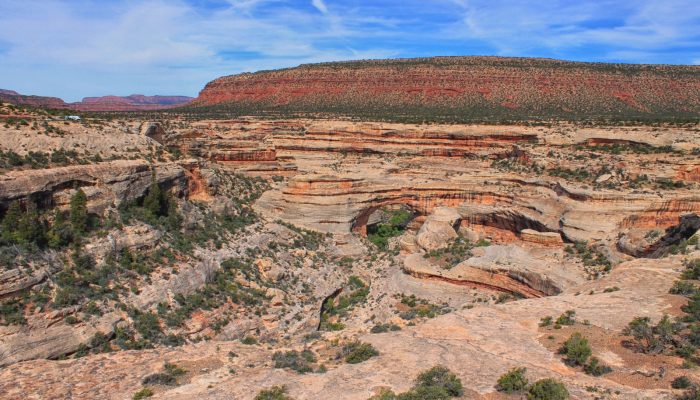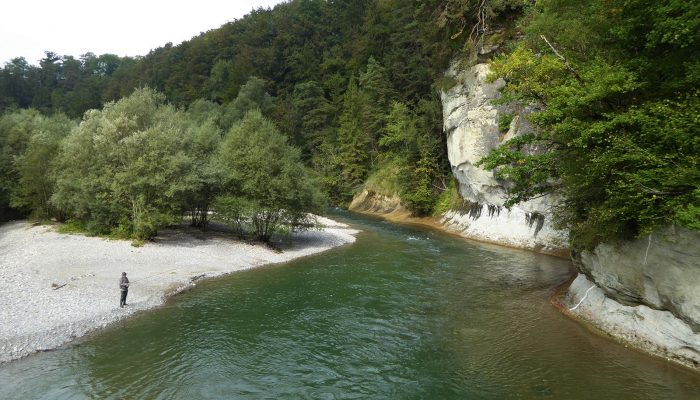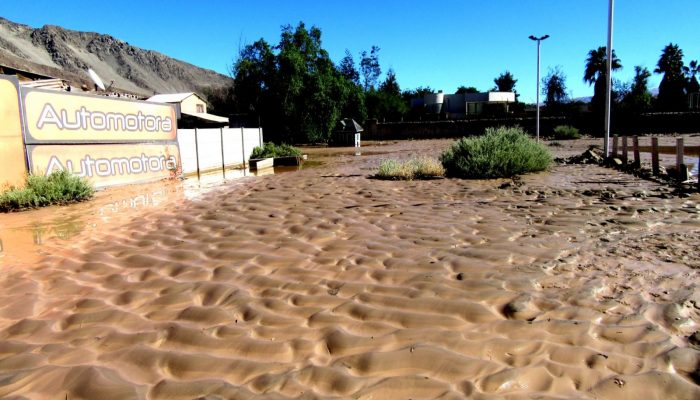The interior of this ice cave at the Erebus glacier tongue is cathedral-like. Imagine standing in the cold interior, icy blue stalactites dangling from the cave roof; the sense of awe is overwhelming. Mt. Erbus is the world’s southernmost active volcano on Ross Island, in Antarctica. Winding its way down its lower slopes is Erebus glacier. Projecting out from the coast, a jagged and thin tongue ma ...[Read More]
Imaggeo on Mondays: Erebus Ice Tongue Cave




